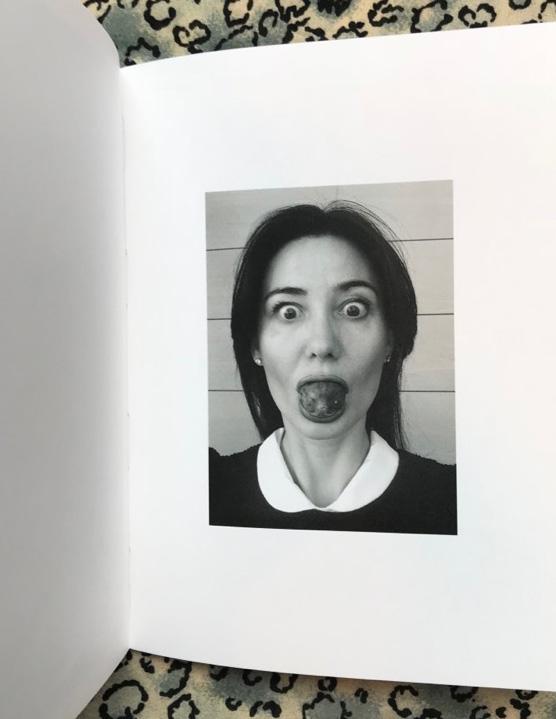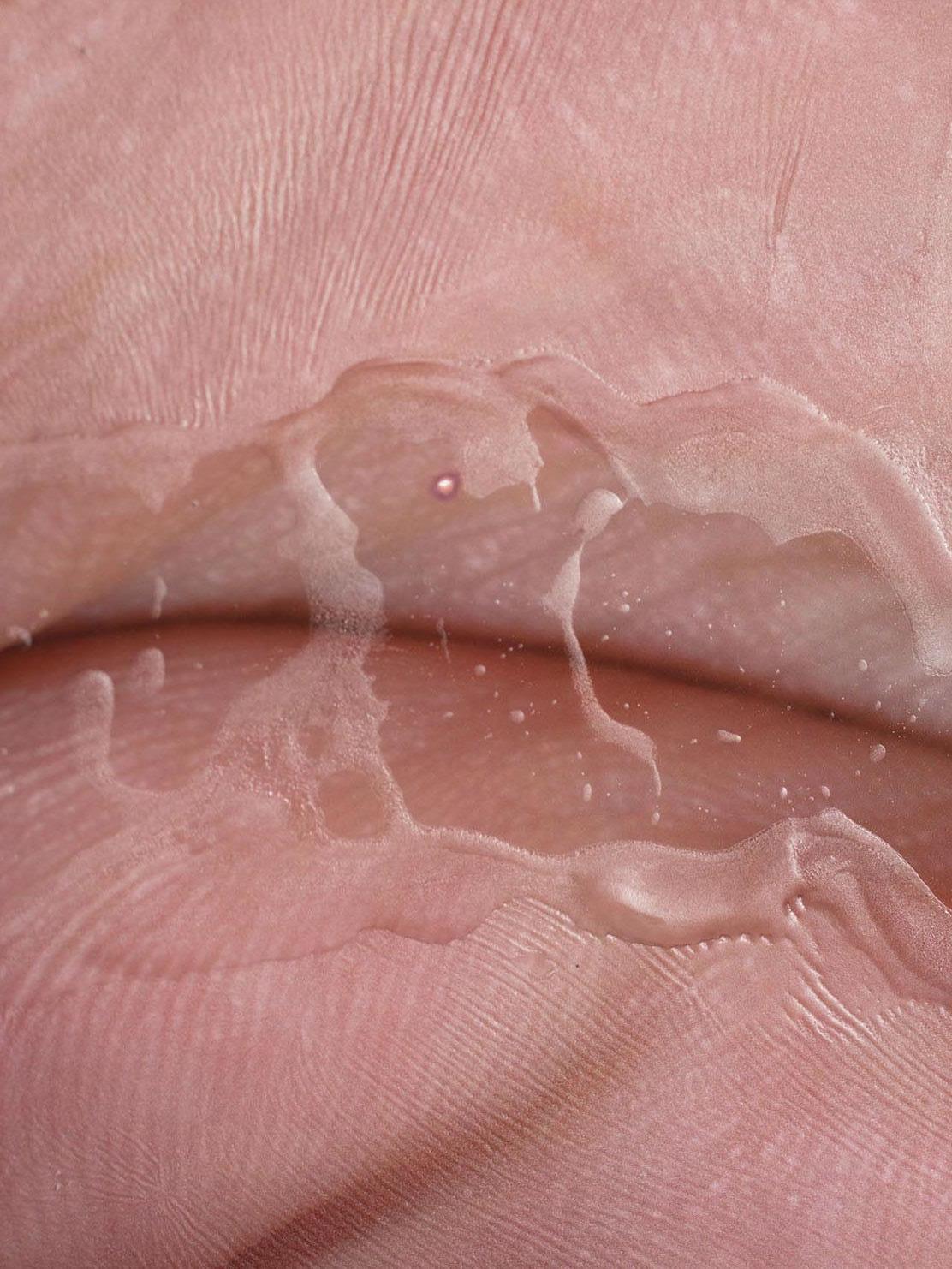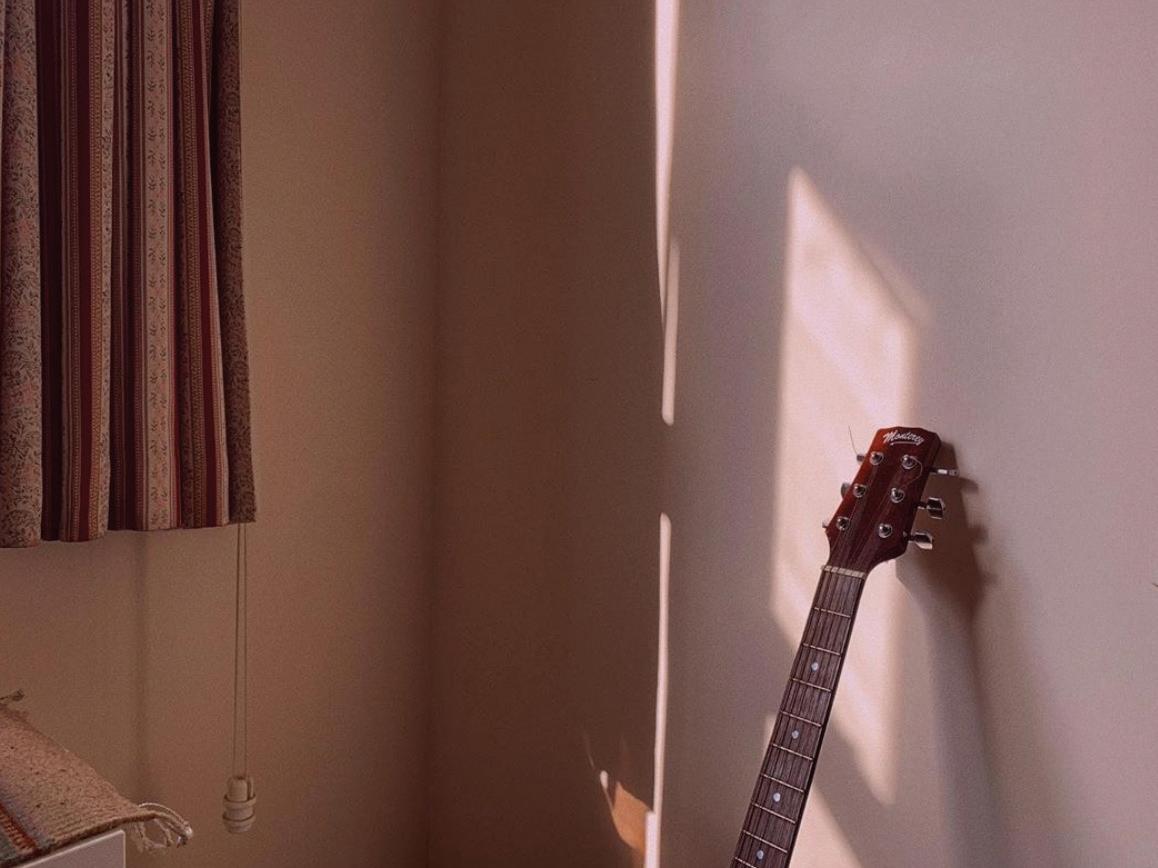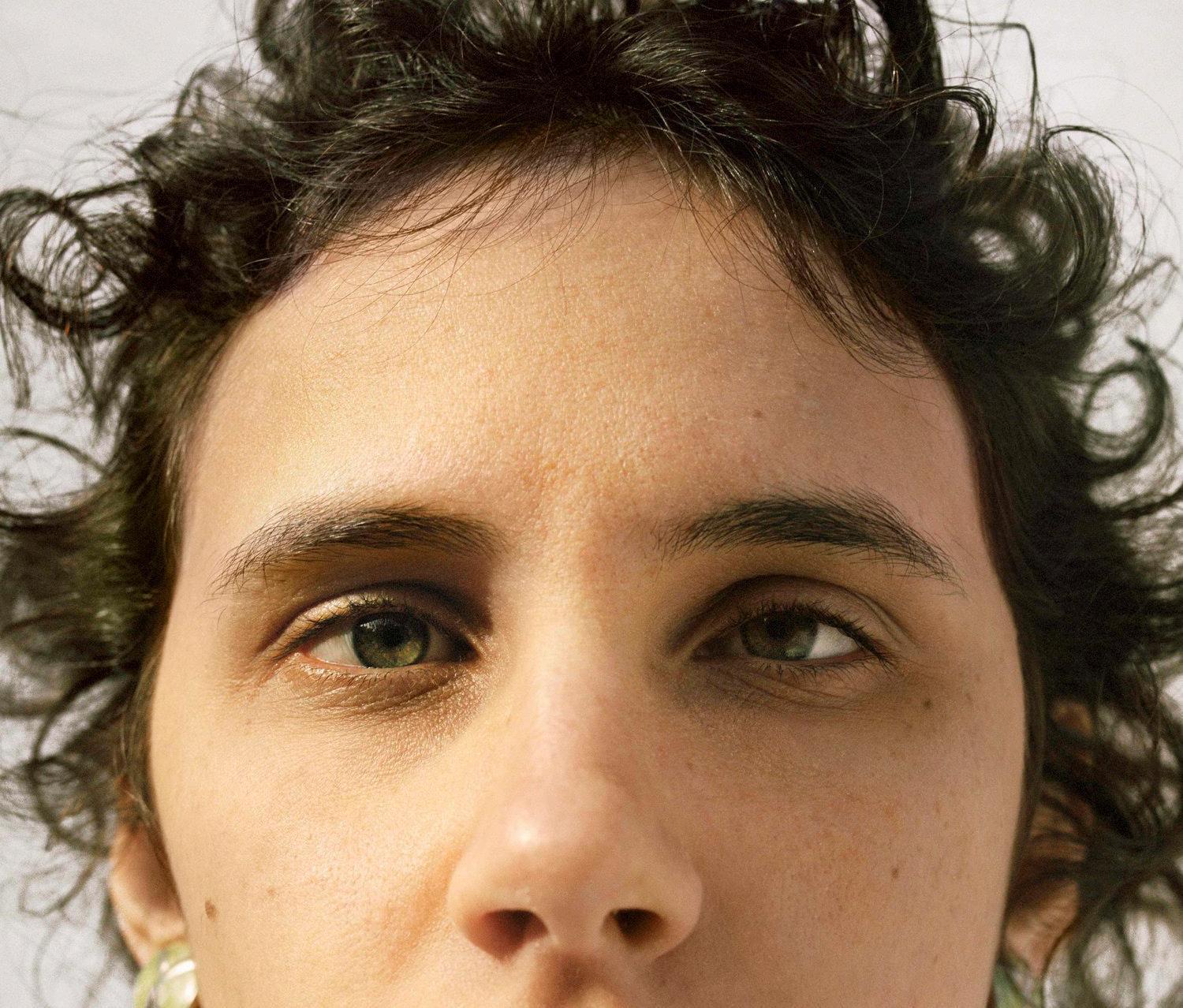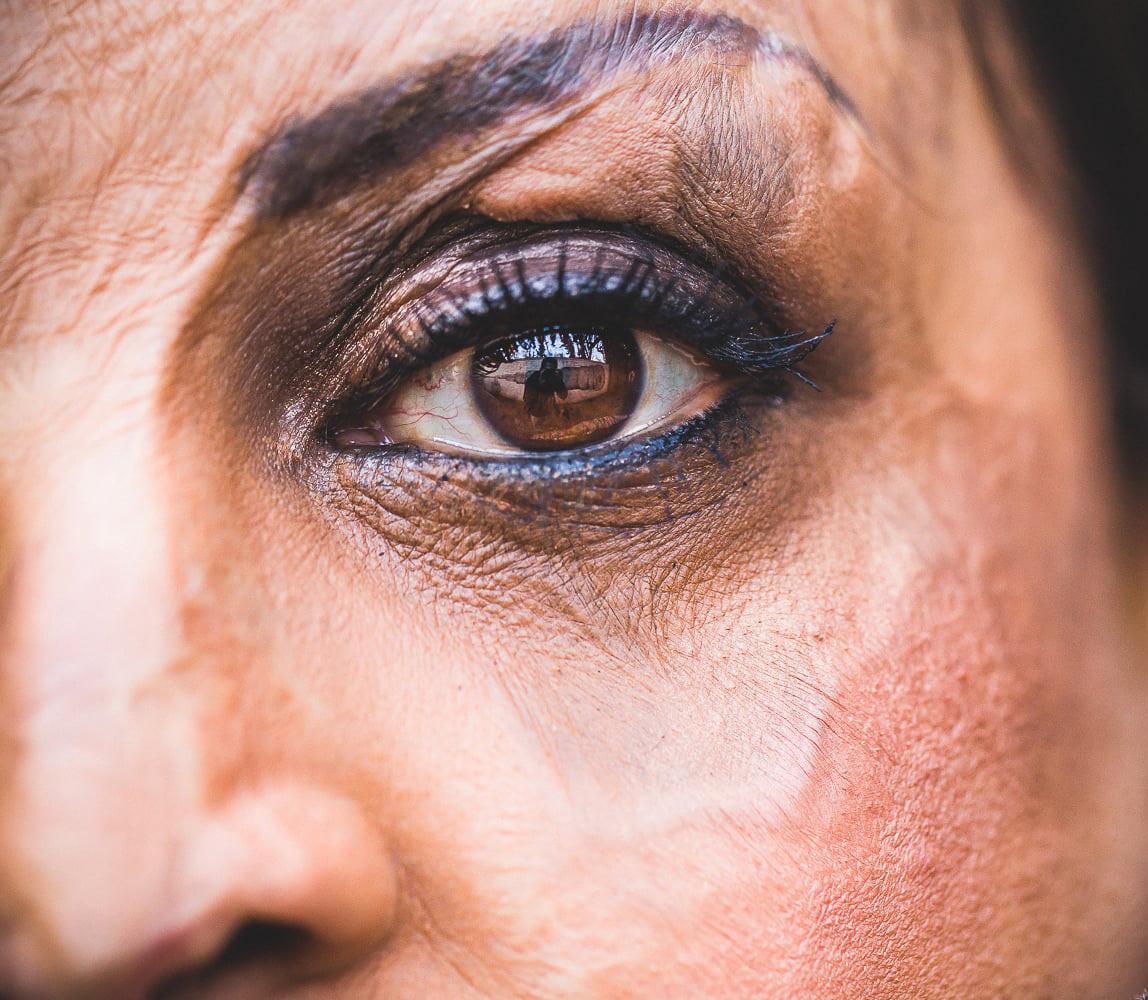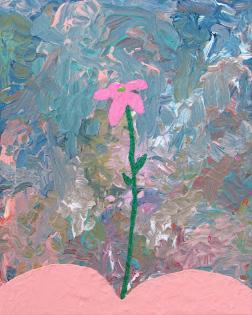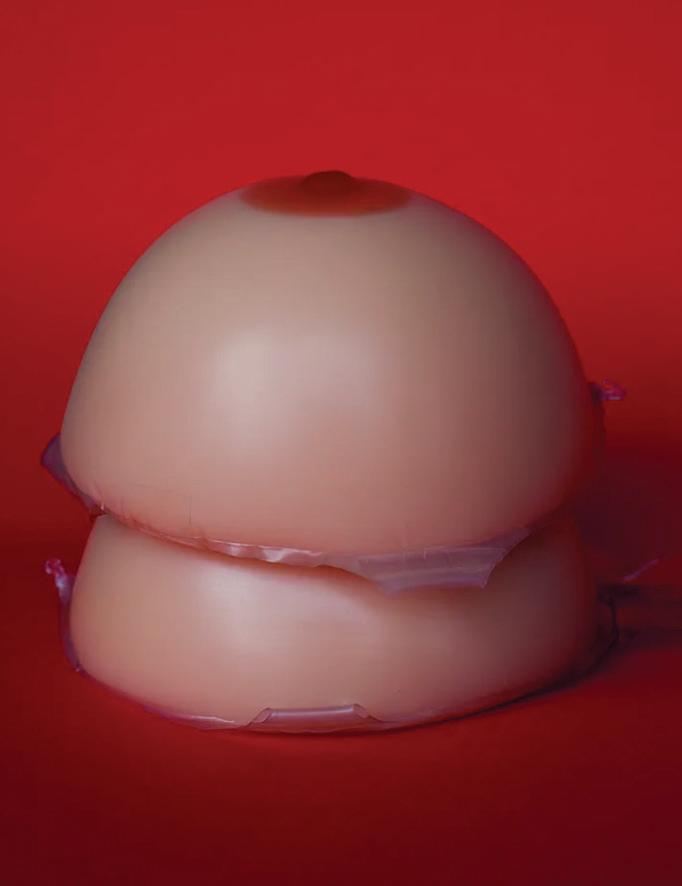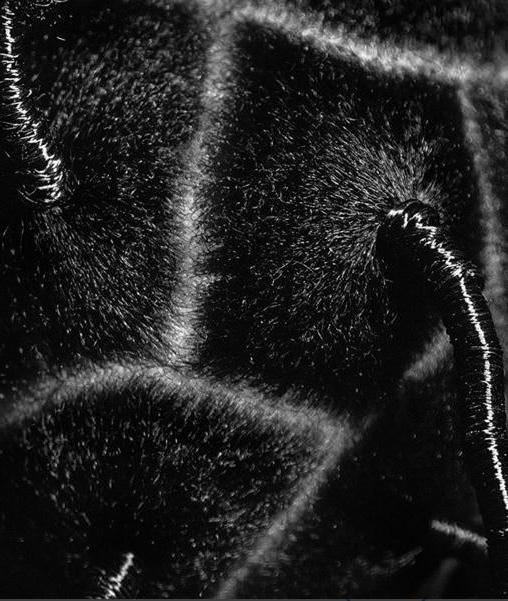Changing Faces
We attribute great significance to faces. In Lewis Carroll’s Alice Through The Looking Glass (1871), Humpty Dumpty warns Alice that he might not recognise her if they should meet again, because her face is so regular. If her features were more creatively arranged, he reasons, that would make things easier. Blonde, symmetrical Alice looks at him aghast. ‘But it wouldn’t look nice!’ she protests, to which Humpty Dumpty replies, ‘Wait till you’ve tried.’ On this side of the looking glass, we all try to look different from time to time, with varying degrees of success. But being different naturally, or being rendered different by an accident or condition, is another thing entirely. Despite our attempts to be perceived as unique, for the most part we all fit somewhere within the bounds of aesthetic ‘normality’. At this point I should probably note that I’m one of the few who don’t quite fit, thanks to a port wine stain 20
birthmark on my right cheek—a series of vivid fuchsia patches that snake from the outer corner of my right eye across my cheek and into my hairline, covering most of the right side of my face. Years of laser surgery have faded the patches from deep purple to pink, and ordinarily I cover them with makeup so that in everyday life I can shrug off my difference without too much difficulty. But recently, something’s shifted. As our visual culture becomes increasingly fixated upon a narrow ideal of airbrushed perfection, I’ve been reconsidering what it means to be ‘different’. In attempting to answer that question, I’ve spent the last six months talking to women who don’t quite ‘fit’, either.
When the nurse held a mirror up and I saw the face looking back, I asked which

